Varsha Hedau
Parameter Blending for Multi-Camera Harmonization for Automotive Surround View Systems
Jun 16, 2024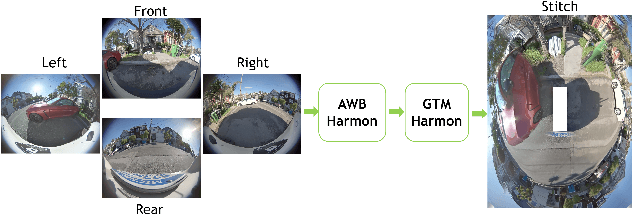
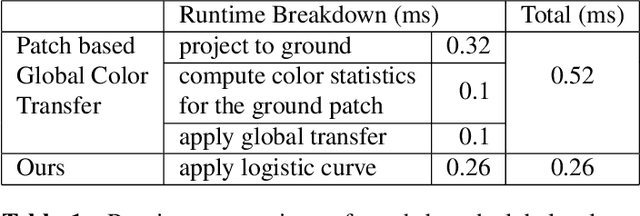
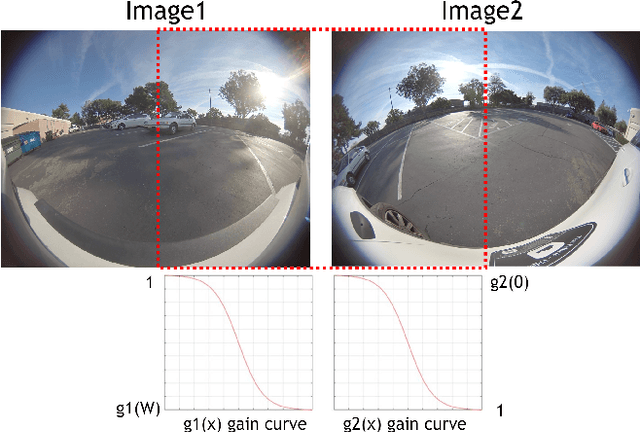
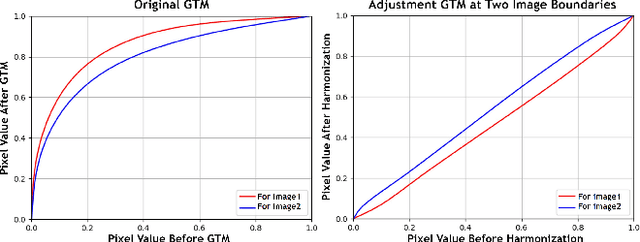
Abstract:In a surround view system, the image color and tone captured by multiple cameras can be different due to cameras applying auto white balance (AWB), global tone mapping (GTM) individually for each camera. The color and brightness along stitched seam location may look discontinuous among multiple cameras which impacts overall stitched image visual quality. To improve the color transition between adjacent cameras in stitching algorithm, we propose harmonization algorithm which applies before stitching to adjust multiple cameras' color and tone so that stitched image has smoother color and tone transition between adjacent cameras. Our proposed harmonization algorithm consists of AWB harmonization and GTM harmonization leveraging Image Signal Processor (ISP)'s AWB and GTM metadata statistics. Experiment result shows that our proposed algorithm outperforms global color transfer method in both visual quality and computational cost.
ANTNets: Mobile Convolutional Neural Networks for Resource Efficient Image Classification
Apr 07, 2019
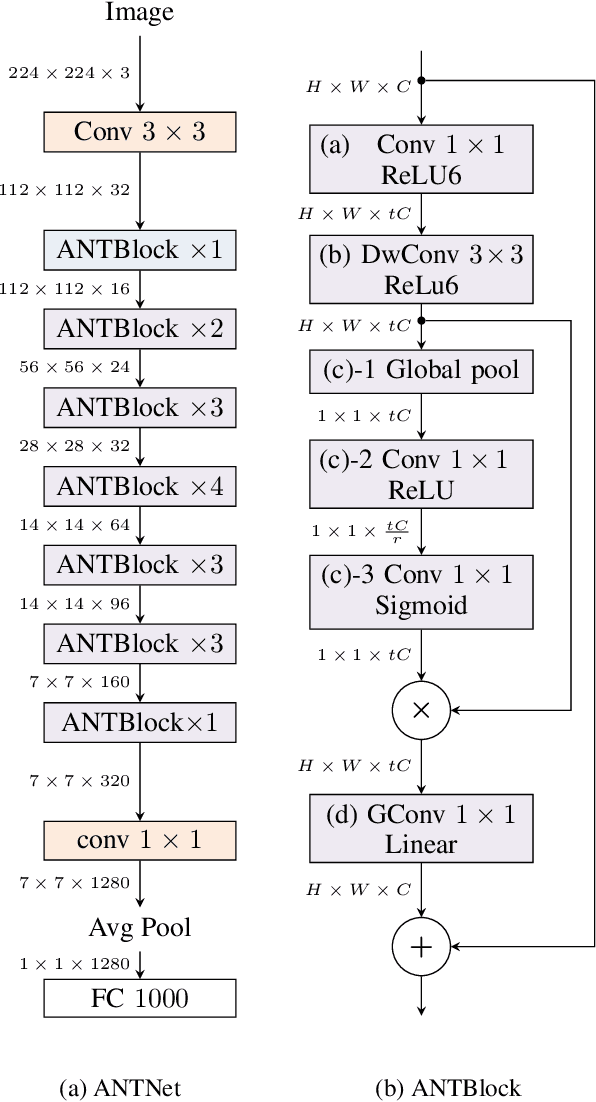
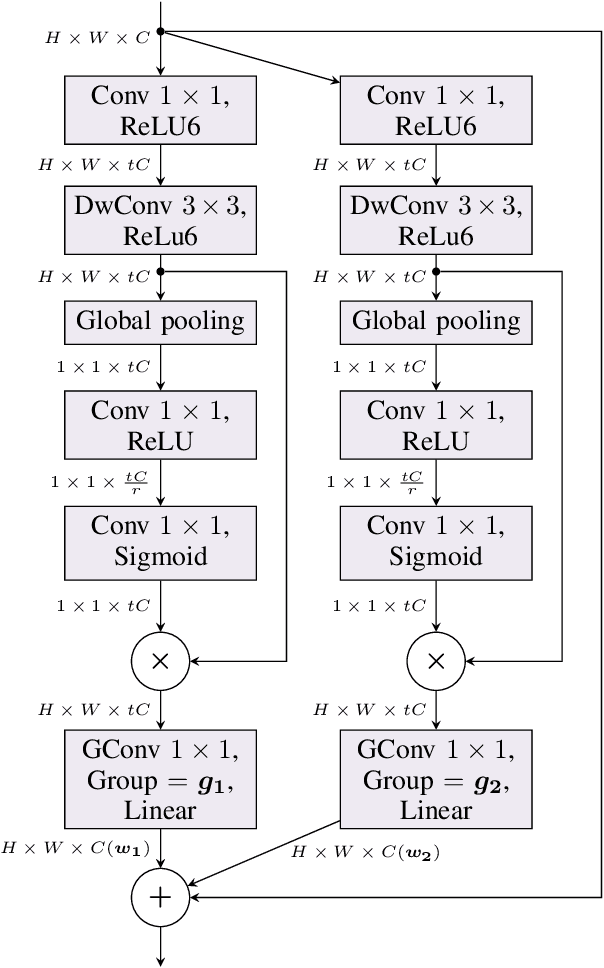

Abstract:Deep convolutional neural networks have achieved remarkable success in computer vision. However, deep neural networks require large computing resources to achieve high performance. Although depthwise separable convolution can be an efficient module to approximate a standard convolution, it often leads to reduced representational power of networks. In this paper, under budget constraints such as computational cost (MAdds) and the parameter count, we propose a novel basic architectural block, ANTBlock. It boosts the representational power by modeling, in a high dimensional space, interdependency of channels between a depthwise convolution layer and a projection layer in the ANTBlocks. Our experiments show that ANTNet built by a sequence of ANTBlocks, consistently outperforms state-of-the-art low-cost mobile convolutional neural networks across multiple datasets. On CIFAR100, our model achieves 75.7% top-1 accuracy, which is 1.5% higher than MobileNetV2 with 8.3% fewer parameters and 19.6% less computational cost. On ImageNet, our model achieves 72.8% top-1 accuracy, which is 0.8% improvement, with 157.7ms (20% faster) on iPhone 5s over MobileNetV2.
 Add to Chrome
Add to Chrome Add to Firefox
Add to Firefox Add to Edge
Add to Edge